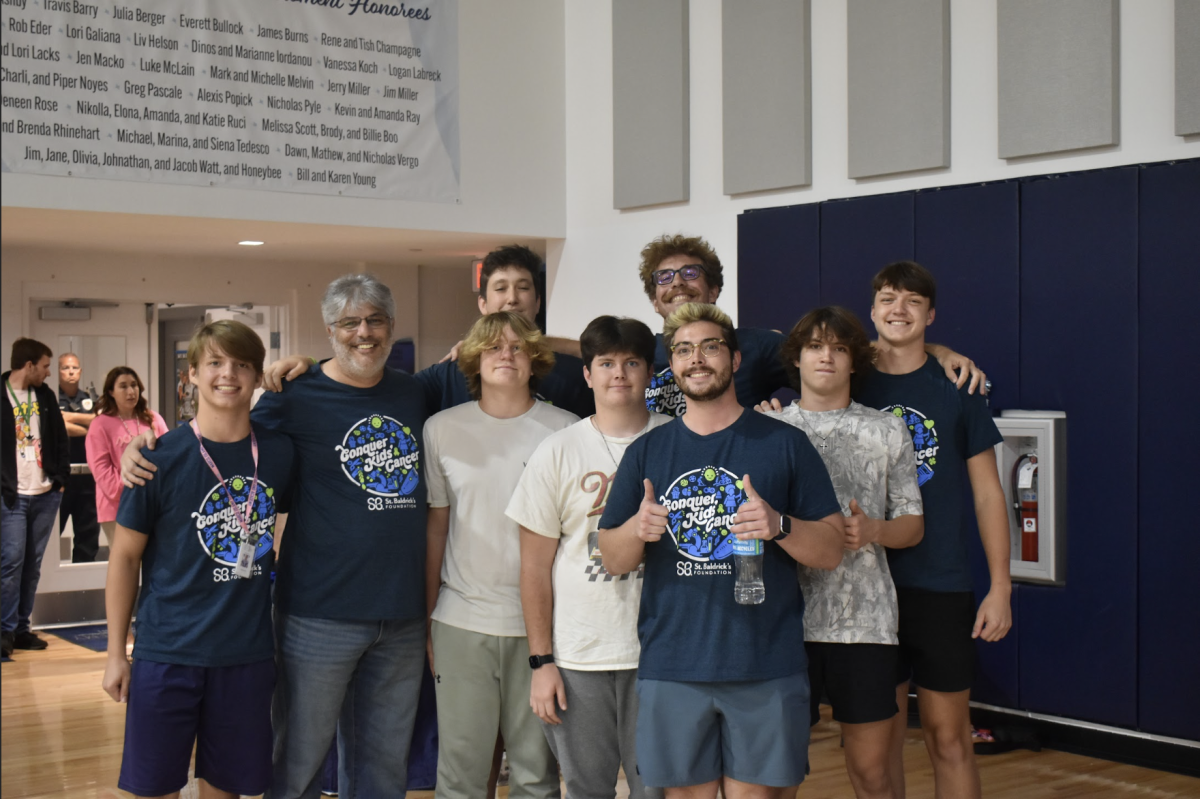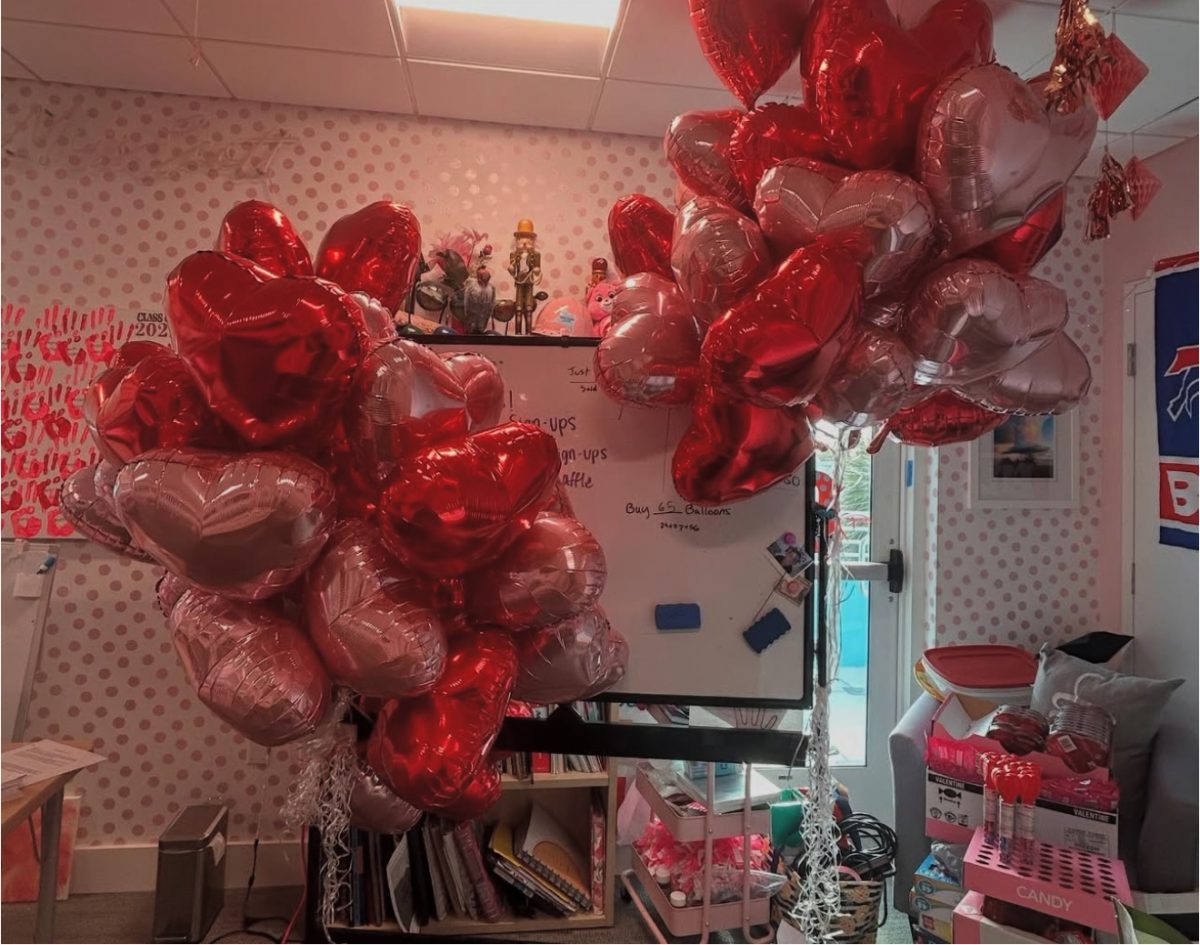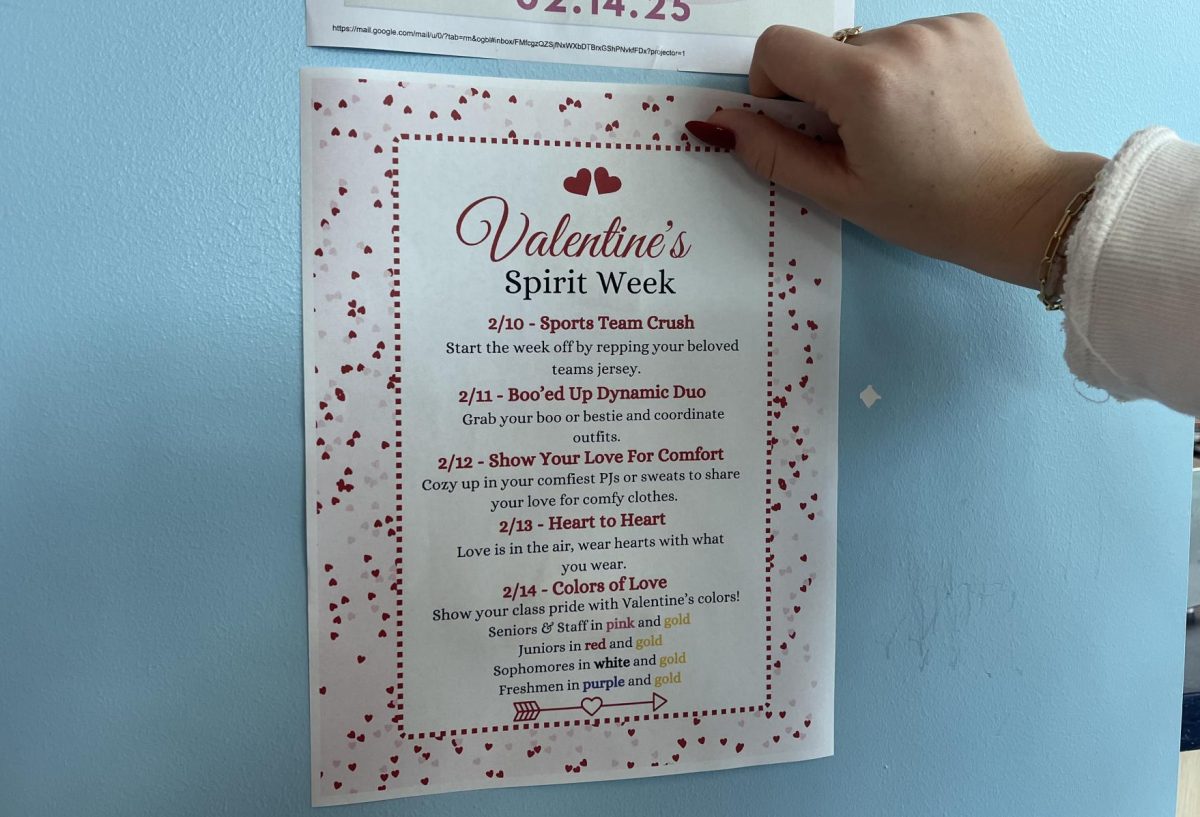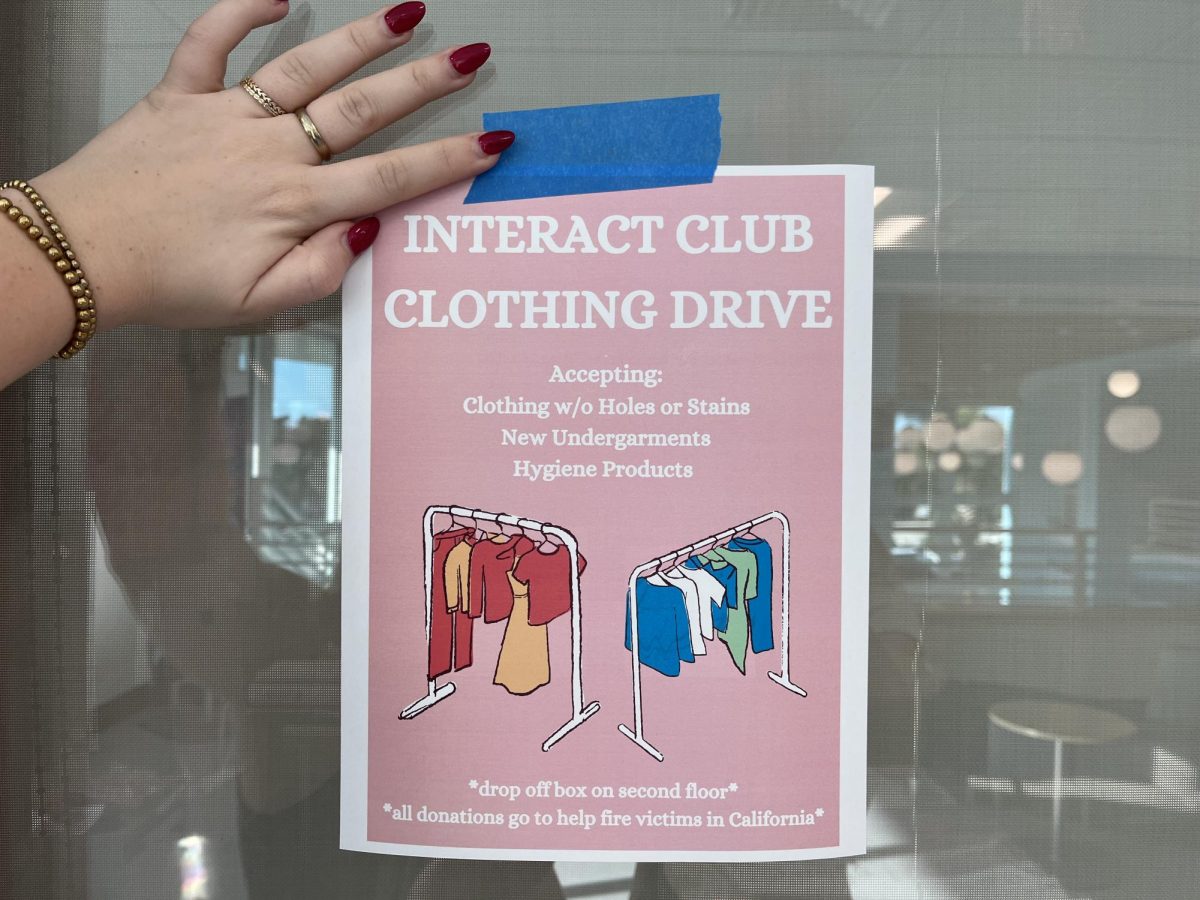Musicals are a much-loved part of arts all around the world. From the Broadway stages in New York to small school auditoriums, ever since the first official musical in 1866, they have been performed and watched in numerous places all over the world.
This year, Marco Island Academy is producing and performing “Little Shop of Horrors” on the Rhine Stage. The 1982 musical is based on the 1960 movie. It is considered a classic in the world of theatre and is one of the most well-known musicals in the community. The cast and crew have worked hard to prepare their performance for the 2023-2024 school year. The musical will be performed for anyone to watch on April 19th, 20th, 26th, and 27th. While the performing arts group has been working hard since January, little is known about what they all do to prepare for the big nights.
Auditions and Callbacks
Any production will start with auditions for the show. Auditions are when anyone interested in acting in the show prepares a display of their talents (usually a song or monologue) for the date that the director chose. Each person goes into the room one at a time and performs their piece for the director or directors.
Several days after the auditions, there will be callbacks for most productions. Callbacks are where each person being considered returns to the director to read or sing certain parts of the character they are being considered for.
For “Little Shop of Horrors” at MIA, the auditions were for “Seussical”, but due to issues with the number of people who auditioned, the director, Mr. Christopher Dayett changed the show. He revealed at callbacks that the show would be “Little Shop of Horrors.” Dayett had the cast already picked out at the time of revealing the show.
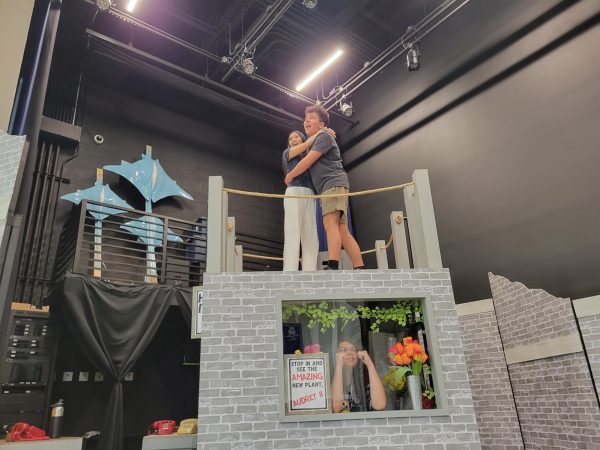
Readthrough
A script readthrough is when the entire cast sits together and reads the entire script as a group. Although there is little rehearsing going on, many people involved in theatre consider this to be the first rehearsal of a show. The songs are not typically sung and are just listened to due to the actors never having heard/practiced them before.
Character Work
When the actors work on how they plan to play the characters they were cast as, they are doing character work.
Character work typically starts with each cast member sitting down one-on-one with the director. They go through what their character wants, their goals, their background, personality, and much more. This sets a baseline for how the actor can go about playing the character in their own unique way while remaining true to the way that the character is written.
Character work is different in each show and for each actor. In some cases, a character can be developed in the first few weeks of rehearsal, but most of the time, the actors will continue to change and develop their acting until tech week.
Music Rehearsal and Blocking
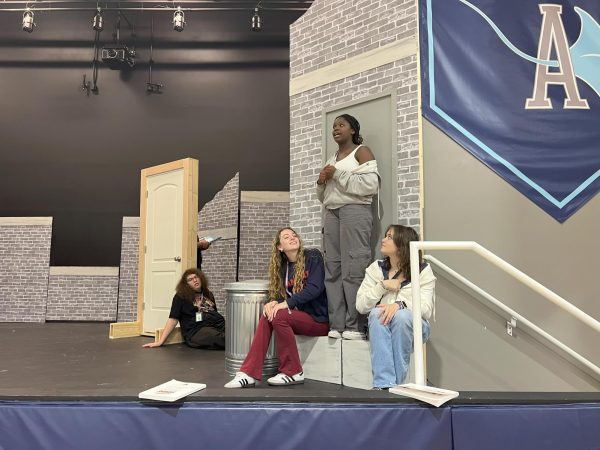
After the rehearsals get started, the actors spend a large amount of their time working on the show’s music. Each actor will go to the music room with whoever else is in the song that they will practice, and they will learn the song(s) that they need to know for the show. The lead characters are part of a large majority of songs in most shows. Due to this, they spend the most time in music rehearsals. Even so, the chorus and supporting characters also spend a lot of time working on their songs.
Around the same time that music rehearsal begins, the director will start blocking, or staging, the scenes in the show. This is when the movement and actions of the characters in the scene are decided. During this, the actors will also practice their lines and work on making the scene show-ready.
Along with blocking, some scenes have choreography and dancing. This is standard for the larger musical numbers in a show.
Set Building
Depending on the show, the set could be built before or after the show begins rehearsals. For “Little Shop of Horrors” at MIA, Mr. Dayett and his classes helped build the set in enough time for it to be finished by the time the actors began working on the stage.
The set is a very important part of the show that can be changed significantly from performance to performance. Almost every production of any show looks different than other productions of the same show done by different companies.
Marketing
Marketing is an often undervalued part of a production. Without marketing, the show would not gain traction and be known by anyone.
For “Little Shop of Horrors,” Mr. Dayett worked hard and spent a lot of money on all of the marketing that went out before the show. A large amount of marketing and advertising goes out into the community for businesses and donors in the area to give themselves a shoutout by sponsoring the show. This is very common for any production company. There are almost always advertisements for sponsors and other shows in Broadway Playbills.
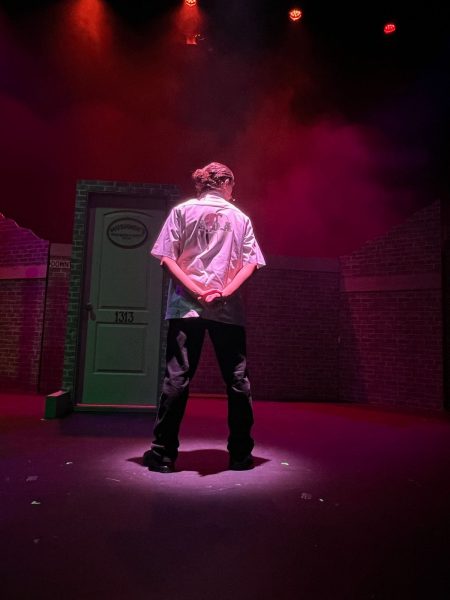
Run-throughs
As rehearsals come to a close, most of them will become full run-throughs of the show. These are when the entire show, or at least one act, gets performed during the rehearsal. The goal of these is to be able to finish without stopping, but most of the time, the show will stop for the actors to take notes and fix any mistakes that were made.
Tech Week
The most stressful part of a production is tech week. Tech week is the week before opening night where the show is polished into exactly what the final product will look like. The microphones used in the show and final lighting are both determined during this week, alongside other technical factors. Rehearsals during this week are longer than any of the others, the longest of which is typically 12 hours.
Performance
All of the work leads up to the show nights. For most high school productions, shows run over one weekend from Friday to Sunday. This year, “Little Shop of Horrors” will run over two weekends, Friday and Saturday. These dates are April 19th, 20th, 26th, and 27th.
Opening night is often a very high-stress night. The actors are all excited to show off their work, but even the most experienced actors get stage fright.
After the show has run its course, it all comes down to closing night. This is often a very emotional night, especially for the seniors involved in the show. Once the final night is done, the cast and crew typically go to a 24-hour restaurant to eat a very late dinner for the cast party.
Strike
Strike is part of any production that very few people think about. During the strike, the set is disassembled and props are organized in storage. The strike is incredibly important so that there isn’t a set just sitting around after a show. The various parts of the set are typically recycled for use in later shows, as most of the time they just need to be reshaped or repainted.
Putting on a live musical production is a lot of work. The months spent building the set and costumes, as well as rehearsing all build up to the performances. Despite the effort that goes into these productions for the short time the shows take place, many actors and crew members still love being part of theatre programs. They go from one show to another, repeating the process, savoring the memories they make throughout their theatrical journey.
Buy tickets to see “Little Shop of Horrors” at https://www.onthestage.tickets/marco-island-academy. Available dates are visible on the website.




